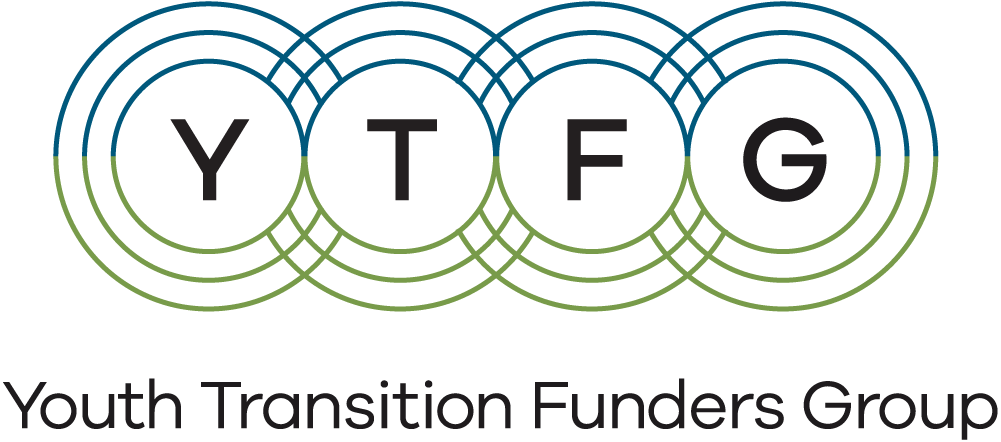Sierra Health Foundation: Investing in Youth Organizing to Advance Well-Being and Promote Healing
YTFG published its updated Well-Being Framework in 2021 to offer a set of concrete and actionable recommendations for youth-serving system leaders, policymakers, and public and private funders for improving policy and practice to support the well-being and well-becoming of young people throughout adolescence and into adulthood. Since its release, the framework has been used by a variety of organizations to strengthen their work, from foundations, to public agencies to community-based organizations. This blog series is intended to highlight innovative examples of how organizations have put YTFG’s well-being framework into action.
Sierra Health Foundation and The Center at Sierra Health Foundation are committed to reducing health disparities across the state of California. One of the foundation’s signature initiatives, launched in 2012, is the Positive Youth Justice Initiative, dedicated to transforming youth justice systems that are widely known to contribute to a range of poor and racially inequitable well-being outcomes. The Initiative is a partnership between Sierra Health Foundation, The California Endowment and The California Wellness foundations.
Initially, the Positive Youth Justice Initiative worked directly with juvenile probation, courts and education systems to transform justice systems by centering positive youth development and trauma informed care in their policies and practices. While these systems demonstrated authentic commitment to reducing the harmful impact of systems involvement on young people, their efforts fell far short in the wholesale systems changes required to advance positive well-being.(1) The reality was that systems transformation driven from within youth justice systems—a system that could not imagine a world in which detention and other forms of punishment didn’t exist—would ultimately be insufficient. Conversely, directly impacted young people and their families shared a long-term vision for a world in which young people felt safe from the harms of detention and received social-emotional supports in their communities. and where systems resources that promote healing were directed to impacted communities.
To reconcile these disparate visions, Sierra Health shifted investments into community organizing and advocacy, aligning its funding more closely with the vision of directly impacted young people of color and their families. Instead of banking on systems transformation from within, the foundation now seeks to increase the influence of youth organizers to advocate for the supports they need from the outside. This includes increasing the capacity of community-based organizations to grow youth advocacy movements.(2)
Providing opportunities for young people and families to advocate for change was a big bet the foundation was willing to take, to come as close as possible to their vision of well-being and equity. This vision imagines a world that is consistent with one of the core principles of YTFG’s well-being agenda, in which “policies and practices reflect intentional efforts to identify, address and mitigate racial, cultural, gender and other disparities among young people.” The investment strategy also allows young people the opportunity to strive for one of the core domains of the well-being framework: racial and ethnic equity. Through their organizing, young people gain a “strong sense of self-efficacy and self-esteem, persist through struggles and maintain hope, develop leadership skills, and get access to racially diverse mentors and role models.”
By all accounts, Sierra Health’s big bet is proving to come much closer to building a youth justice system that is aligned with the YTFG well-being framework. Together, youth advocates are systematically catalyzing greater investment in policies and practices that hold promise for helping young people feel safer, another one of the framework’s core well-being domains. This includes decriminalizing youth behavior in school settings and communities, replacing it with more informal probation and social emotional supports in communities. In 2022, collective advocacy from communities also led to passage of Senate Bill 823, which calls for a phase out of youth prison systems across the state of California, perhaps one of the least safe environments for young people. These investments demonstrate that young people and communities know best what it means to experience the well-being journey, and that systems cannot transform themselves toward this vision without collective action from young people and their families and communities.

